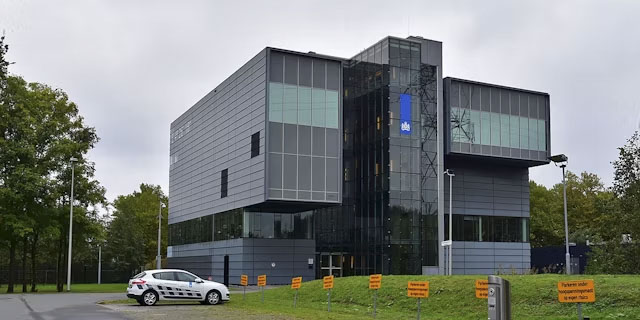
MobiMaestro links Rijkswaterstaat with cities and provinces
The Southwest Netherlands Traffic Control Center in Rhoon is Rijkswaterstaat’s largest traffic control room. The control center uses MobiMaestro to perform its traffic network management duties. From this control center, Rijkswaterstaat monitors and manages the highways in one of the most complex sections of the Dutch highway system, which has dozens of tunnels and bridges. Through MobiMaestro, the control center is able to work together closely with other road managers, such as municipalities and provinces.
Network management for highways
Using matrix signs (electronic signs above highways), DRIPs (dynamic route information panels), ramp meters, and TLCs (traffic light controllers), Rijkswaterstaat regulates the heavy traffic on the highways in the southwest of the country. This happens largely through automatic scenarios in MobiMaestro. The traffic controllers in the control center can also intervene manually whenever necessary, for example after an incident has taken place or if there are stationary vehicles on the shoulder.
MobiMaestro in Rhoon is connected with the traffic management systems of other road managers in the area, including the Province of Zuid-Holland, the City of Rotterdam, and the City of The Hague. Whenever Rijkswaterstaat implements measures on the highway, these are automatically communicated to these connected systems. This means road users can be informed more rapidly, helping to improve traffic flow.
Ramp metering and other network management systems
At busy moments, Rijkswaterstaat uses ramp metering on the highways, with rapidly changing traffic lights limiting access to one or two vehicles at a time. However, ramp metering can lead to congestion and stationary traffic on the access roads; this can become a real problem, particularly in cities.
Here, too, the connection between MobiMaestro in Rhoon and the traffic management systems of the surrounding cities and municipalities offers a solution. The traffic managers receive notifications from MobiMaestro about the ramp metering and are therefore able to adjust traffic lights on access roads on their territory, either automatically or manually. In this way, they can ensure traffic on access roads will keep moving.
Matrix signs as trigger
Rijkswaterstaat uses traffic lane control through matrix signs above the highway to communicate speed limitation measures and lane closures to the motorists. This happens largely automatically on the basis of sensor information, for example from sensors that detect higher traffic density or lower speeds. The status of matrix signs can serve as a trigger in MobiMaestro. If a route is fully closed with red crosses, for instance, and the only alternative is a tolled route, this tolled route can be temporarily made toll-free by the control center. The Rhoon control center uses the MobiMaestro modules MATCH and NEMO to do this.
MobiMaestro: continuous further development
Together with ‘power users’ such as Rijkswaterstaat, we are working continuously to further develop new modules and applications for MobiMaestro. In the video below, Johan Groenewold, Traffic Management Consultant at Rijkswaterstaat, speaks about his work with MobiMaestro in the Southwestern Netherlands Traffic Control Center.



